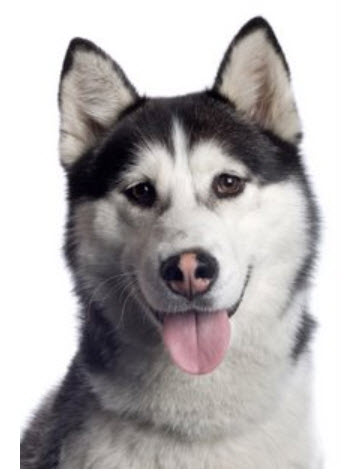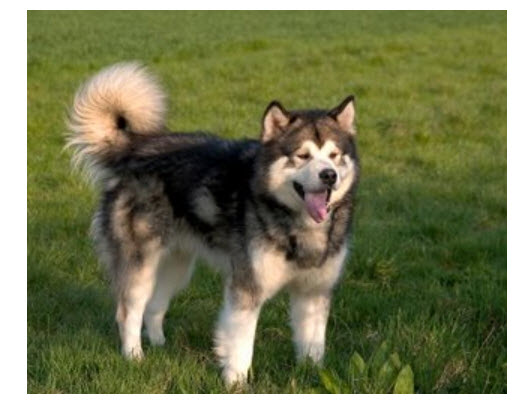Alaskan Malamute
 The Alaskan Malamute dog breed is an ancient canine that had long been used by the Mahlemut Inuit people as both a sled pulling and large game hunting dog. These sled dogs were considered invaluable due to their ability to help pull polar bears and seals back to the village in the icy terrain after a successful hunt.
The Alaskan Malamute dog breed is an ancient canine that had long been used by the Mahlemut Inuit people as both a sled pulling and large game hunting dog. These sled dogs were considered invaluable due to their ability to help pull polar bears and seals back to the village in the icy terrain after a successful hunt.
With the influx of gold miners flooding the region in 1896, there was a need for some form of entertainment. Malamutes filled this void by competing in races and weight carting competitions.
The malamute bloodline was quickly tainted with extensive cross breeding from the dogs the gold miners had brought with them, and it would seem for a time that the breed was in danger of disappearing altogether.
In the early 1920s a breeder in New England was able to attain some full blooded malamutes and carefully bred the breed from the brink of extinction. They would be recognized by the AKC in 1935.
Alaskan Malamute Dog Breed: Temperament
The Alaskan Malamute is an highly affectionate and amiable canine that will love his family unconditionally. These dogs can become destructive due to frustration and boredom if they are not exercised daily.
Prospective owners should be cautioned that they are oftentimes aggressive towards dogs or other pets. Some might even be so bold as to attack livestock! If peace and quiet or a pristine lawn are important to you, then this may not be the right dog for you. They will more than likely dig holes in your yard, and howl whenever they see fit.
Alaskan Malamute Dog Breed: Health
If you live in a moderate to cold climate then your Malamute may live outside comfortably when provided with adequate shelter and bedding. If it is warm outside they should be allowed inside the house because they do not deal well with heat.

Exercise requirements may be fulfilled by running around the yard, or carting things around on a dog cart or sled; however, an extended walk on the leash should be more than adequate. Their coat will normally need to be combed twice weekly, but it may require more attention while shedding.
The main concerns associated with this breed health wise include canine hip dysplasia and cataracts. Chondrodysplasia and hypothyroidism are seen to a lesser extent but should also still be of concern.
These dogs should enjoy 10-12 years by your side when healthy and properly cared for.
